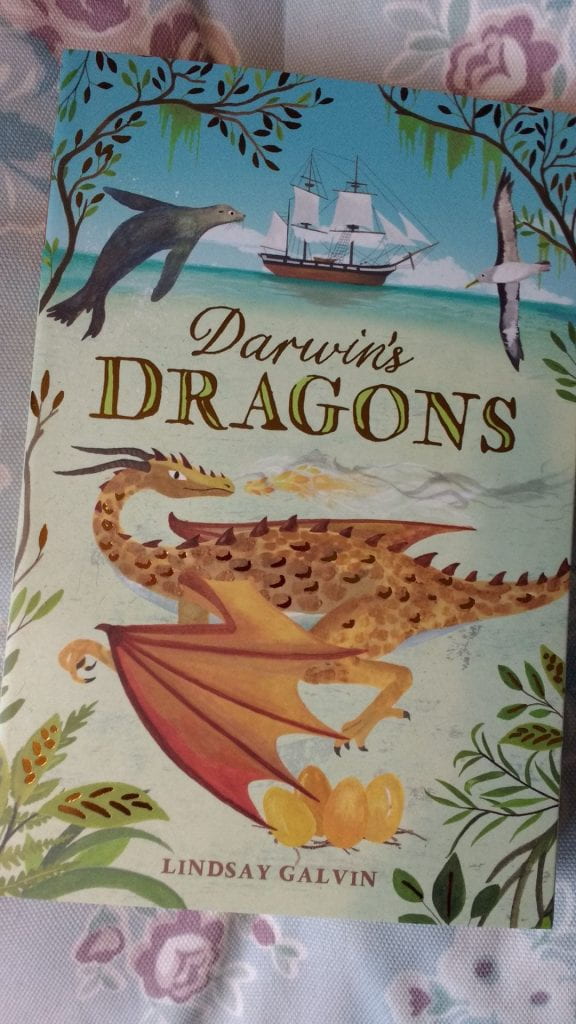 Since the bicentenary of his birth in 1809 there has been a great deal written about the naturalist Charles Darwin. Many of the books focus on his major work “On the Origin of Species”, or they are biographies which cover his whole life. this new book by Lindsay Galvin takes a slightly different tack and covers the period of his time on HMS Beagle from 1831-36. Darwin himself is not even the main character in the story, that honour goes to the young cabin boy Syms Covington, who in real life was promoted to become Darwin’s assistant during the five year voyage.
Since the bicentenary of his birth in 1809 there has been a great deal written about the naturalist Charles Darwin. Many of the books focus on his major work “On the Origin of Species”, or they are biographies which cover his whole life. this new book by Lindsay Galvin takes a slightly different tack and covers the period of his time on HMS Beagle from 1831-36. Darwin himself is not even the main character in the story, that honour goes to the young cabin boy Syms Covington, who in real life was promoted to become Darwin’s assistant during the five year voyage.
The story mainly takes place in the Galapagos Islands, a place that still seems somewhat magical, even today, but in those days it was virtually unknown and full of new and fascinating wildlife. When returning from an expedition to an island, Darwin and Syms are caught in a storm and Syms is thrown overboard from the small dingy they are in. When he wakes up he is on a strange island, with no ship in sight.There is an active volcano that threatens Syms, but he is aided by a small lizard that he names Farthing and before long he finds himself running for his life as he experiences something that should not exist outside of myths and legends, a real dragon and it is not happy. Syms eventually escapes from the island and the many dangers he has faced and is picked up, together with Farthing and some eggs he has collected, by the Beagle and the voyage continues. The second part of the story is about what happens when the eggs hatch and a group of lizards are returned to England, where they are handed over to a young Queen Victoria. What eventually becomes obvious to Syms is that they are actually young dragons and they go through the same sort of metamorphosis that creatures such as butterflies and frogs go through. The conditions that they are kept in is not suitable and Syms wants to release them, but the Queen will not agree, even though one of the young dies in captivity. We definitely start cheering when our young hero manages to release the dragons and we hope that they survive. In order to escape the wrath of the Queen, Darwin helps his young assistant to travel to Australia, where he settles and has a family. The final section of the story is set twenty five years later when Syms takes his young daughter on a trip to the Galapagos. She has been brought up on the stories her father tells of his adventures, but does not believe them, until she is suddenly presented with a huge dragon, that greets her father; Farthing has not forgotten the friend that set him free. We then have the final image of all the other dragons flying free in the sky above their island.
This is a stunning mix of true story with a hint of the mythical. It is full of action and adventure but it also has additional layers that 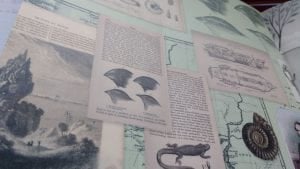 make us think about the way that we treat creatures. In the book, Darwin and other naturalists see the animals as subjects for experimentation and investigation. Whilst they are frustrated when something happens to the creatures, it is just an inconvenience and there is little sense that they have any empathy for the animals they have captured. Luckily Darwin seems to have altered his views somewhat as he grew older and Lindsay Galvin has quoted him as saying “All animals feel wonder and may exhibit curiosity” and also “There is no fundamental difference between man and animals in their ability to feel pleasure and pain, happiness and misery”, both taken from “The Descent of Man” . This story can be read at several different levels and I particularly like all the information at the back of the book, which will encourage young people to read more about the period and the discoveries that were being made. the discussion with the author gives a brilliant insight into how she created the book and what caught her interest at the very beginning. The illustrations are a lovely addition and blend extremely well, but it is the actual cover and the inside covers which are a real ‘Tour de Force’; they are absolutely stunning and make this a very special addition to anyone’s bookshelf.
make us think about the way that we treat creatures. In the book, Darwin and other naturalists see the animals as subjects for experimentation and investigation. Whilst they are frustrated when something happens to the creatures, it is just an inconvenience and there is little sense that they have any empathy for the animals they have captured. Luckily Darwin seems to have altered his views somewhat as he grew older and Lindsay Galvin has quoted him as saying “All animals feel wonder and may exhibit curiosity” and also “There is no fundamental difference between man and animals in their ability to feel pleasure and pain, happiness and misery”, both taken from “The Descent of Man” . This story can be read at several different levels and I particularly like all the information at the back of the book, which will encourage young people to read more about the period and the discoveries that were being made. the discussion with the author gives a brilliant insight into how she created the book and what caught her interest at the very beginning. The illustrations are a lovely addition and blend extremely well, but it is the actual cover and the inside covers which are a real ‘Tour de Force’; they are absolutely stunning and make this a very special addition to anyone’s bookshelf.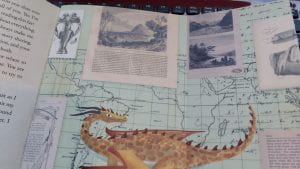
I have to say that this makes a really stunning start to 2021 and I just hope that all the others books this year manage to meet this very high standard. As always ‘Chicken House’ has found yet another winner; I look forward to reading more by this author.
The Author Lindsay Galvin
“Lindsay was lucky enough to be raised in a house of stories, music, and love of the sea. She left part of her heart underwater after living and working in Thailand where she spent hundreds of blissful hours scuba diving. Forced now to surface for breath, she lives in sight of the chillier Sussex sea with her husband and two sons. When she is not writing, she can be found reading, running or practicing yoga. She has a degree in English Language and Literature, is fascinated by psychology and the natural world, and teaches Science. Lindsay hadn’t written creatively since childhood until the idea for her debut novel The Secret Deep splashed into her mind, and she now she’s hooked.” from Chicken House website, with thanks.

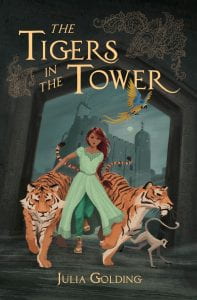
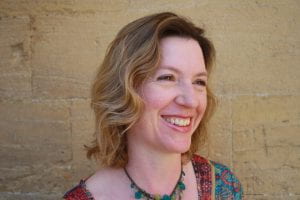 mythology with magic in the modern world, then we have the ‘Cat Royal’ series which follow the adventures of a young girl in 18th century London and beyond. She has also written for younger teens and I particularly enjoyed the ‘Dragonfly’ series. Julia has led a fascinating life having worked in the Civil Service in the UK and in Poland. She then undertook a PhD in English about the ‘English Romantic Period’ at Oxford before becoming a lobbyist for Oxfam. She now writes full time and I am delighted to say that she still lives in Oxford (my home city) with her family.
mythology with magic in the modern world, then we have the ‘Cat Royal’ series which follow the adventures of a young girl in 18th century London and beyond. She has also written for younger teens and I particularly enjoyed the ‘Dragonfly’ series. Julia has led a fascinating life having worked in the Civil Service in the UK and in Poland. She then undertook a PhD in English about the ‘English Romantic Period’ at Oxford before becoming a lobbyist for Oxfam. She now writes full time and I am delighted to say that she still lives in Oxford (my home city) with her family.